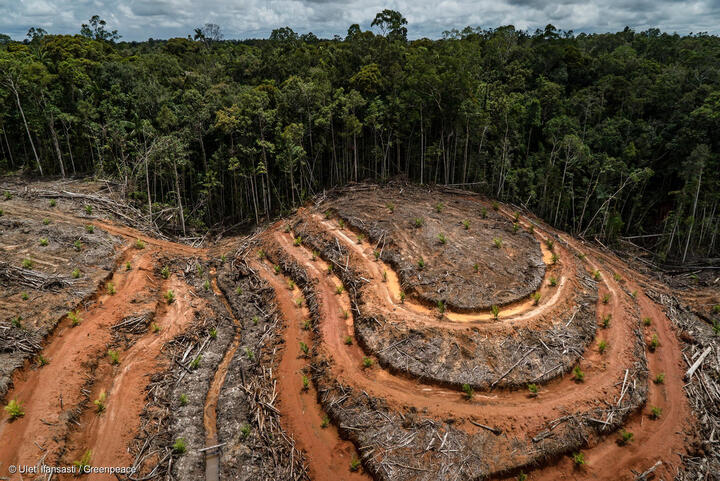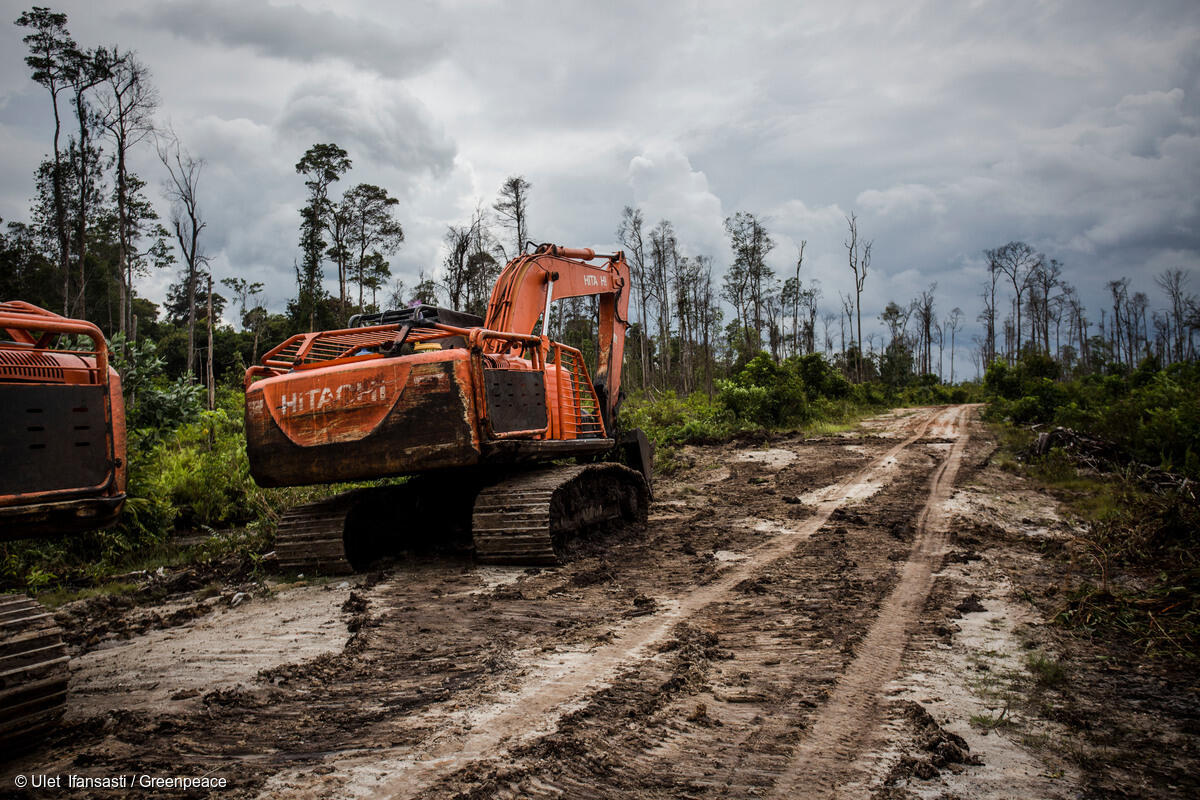What’s the problem with palm oil?
Palm oil is extracted from the fruit of the oil palm, a crop native to Africa. In the 20thcentury the crop was introduced to South East Asia where it’s perfect growing conditions are found: low-lying tropical regions. The plant thrives and produces incredible yields of palm oil in South East Asia (namely Indonesia and Malaysia)- oil palms generate the highest yield per area out of the oil crops, making it the most efficient and the most profitable. Palm oil’s efficiency coupled with its desirable cooking, cleaning, and fuel-generating properties explains why many tropical nations are keen to produce and export the oil and why other nations are keen to import and use it. It’s really no surprise that palm oil is found in over 50% of UK supermarket products ranging from food products to cosmetics and cleaning supplies.
So, what’s the problem?
Environmental
The most widely acknowledged negative of the palm oil industry is environmental damage, and rightly so. In lowland tropical regions rainforests are cleared and peat bogs are drained to make way for expansive oil palm plantations- expansive monocultures often described as ‘green deserts’. The WWF estimates that the area of 300 football pitches of tropical rainforest are cleared to make way for oil palms every hour. Not only are we rapidly losing the diverse, delicate ecosystems that these tropical regions house, we are releasing tonnes of greenhouse gasses and other pollutants into our atmosphere.
Tropical rainforests are highly biodiverse ecosystems, with impressive levels of species richness and species evenness (relative abundances of species). By eliminating these systems and replacing them with oil palm monocultures, both biodiversity measures plummet: habitat loss decreases population sizes of organisms thus heightening extinction risks, and relative abundances skew so some species end up dominating the ecosystem at the expense of others. Multiple species are commonly known to be negatively affected by the oil palm industry, including the orangutan, the Sumatran tiger, and the pygmy elephant. However, risks aren’t just limited to these charismatic species- the IUCN reports that 54% of threatened mammals and 64% of threatened birds are impacted by palm oil expansion. And we can’t forget about the inevitable impacts on less charismatic but still biologically important rainforest-dwelling reptiles, amphibians, insects, microorganisms, etc.
To add to the bad news, damage isn’t limited to the tropics. The extortionate greenhouse gas and pollutant emissions generated by the industry negatively affect ecosystems all over the world by contributing to global warming and to water pollution, meaning practically no ecosystem can fully escape the harmful effects of the palm oil industry.
Welfare
Unfortunately, money and profits often override thought and respect. Thus, the welfare of both humans and animals are closely intertwined with the goings on in the profitable oil palm industry. Human and territorial rights violations are common occurrences when oil palm is concerned- indigenous peoples are often forcibly ousted from their homes and territories, which are subsequently destroyed and converted to plantation; and hard labour in poor working conditions is often undertaken by local children and adults for little to no pay- rendering them unable to sustain fully themselves. Animal welfare cannot be forgotten- animals are also driven from their homes, often getting killed by workers if they do not leave. The industry’s plantations and roads also give poachers and wildlife smugglers easy access to tropical species, leading to even more inhumane treatment and brutal killings.
What can you do to help?
The efficiency and usefulness of the crop- as well as social benefits to some local people (reduced poverty and increased infrastructure such as roads and hospitals)- means that the palm oil industry will not be ending any time soon, and as a consumer it is near impossible to avoid palm oil completely. In order to help, we as consumers mustincrease our palm oil awareness. We can:
- Look for symbols on packaging that indicate sustainably sourced palm oil eg The Roundtable on Sustainable Palm Oil (RSPO) symbol
- Carefully check ingredients lists
- Decrease demand by only limiting palm oil use to food products
- Sign petitions
- Interact with our government
By limiting our palm oil use and only supporting palm oil producers who generate the product ethically and sustainably, we can work to protect both our planet and the organisms that inhabit it (including us humans).
Photo Credit: Greenpeace



Comments